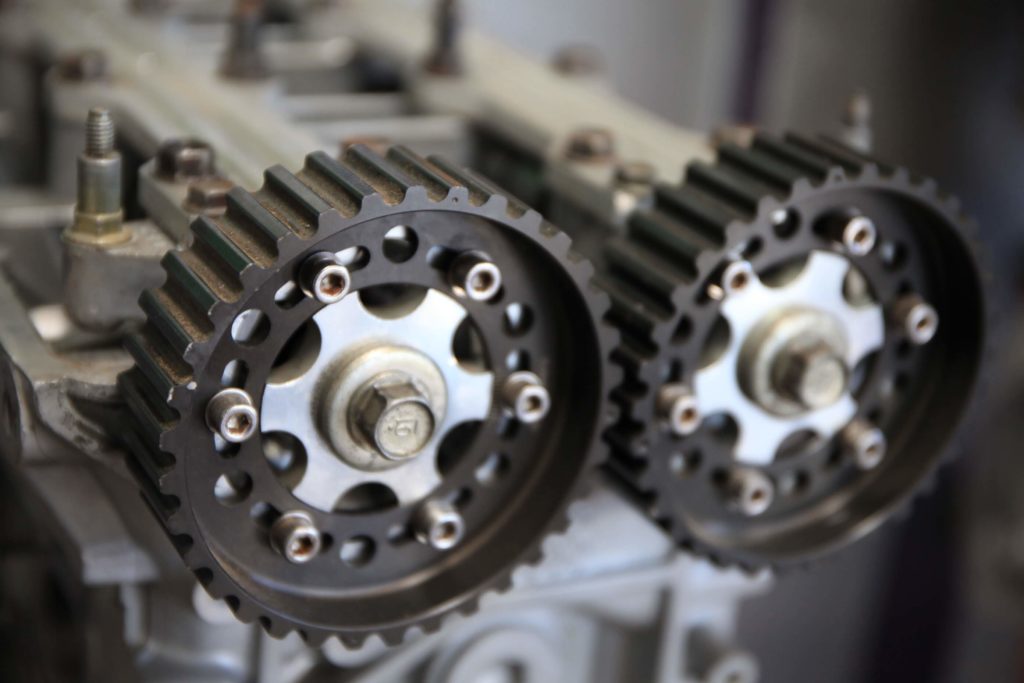
Providing routine auto repair and maintenance for your car, truck or SUV can help guarantee its long life expectancy. By familiarizing yourself with a handful of auto repair troubleshooting tips, including transmission, brake and air conditioning repair, you can start to diagnose problems and get a head start on auto repairs. It’s a good idea to have a ball-park idea of what is wrong with your vehicle before bringing it in to an auto repair shop in San Diego.
Though it might sound obvious, the first place to look when dealing with any car repair is the owner’s manual. Familiarizing yourself with this guide, either the traditional or online version, can provide invaluable information regarding the performance and workings of your car.
The Right Diagnosis Leads to the Right Auto Repair
To start your diagnosis, delineate the specifics of the issue to determine which automotive component is causing the problem. To do this, clearly state the nature of the problem, when it happens, frequency with which it happens, level of severity and more.
For example, let’s say a stalling engine is the problem. That’s a good place to start, but what else do we know? How often is the engine stalling out? Is it only doing this in extremely hot or cold temperatures? Does it stall out during normal driving or only when accelerating? These specifics can truly help you narrow down the problem.
In the above example, this auto repair could mean a replacement of the fresh air intake hose, replacement of the mass air flow sensor or replacement of the carburetor. These details can help determine proper engine repair.
Moreover, you will have a better experience with your auto repair shop technicians if you can show you have a good idea of what’s wrong with your vehicle and how it could be fixed. In other words, saying “the engine frequently stalls out while accelerating in any weather condition,” is better than “my car stalls.”
Transmission Repair Troubleshooting Guide
Transmission troubles, such as problems shifting or keeping your car in gear, are rarely any fun. Before you shuffle off to the auto repair center for a formal diagnosis, try to narrow down the problem first. For instance, does the car shift okay for some gears but not others? Does it make a clicking of whining sound? Is your transmission system leaking fluid?
Much of transmission repair is related to low fluid levels, which can be caused by leaks in the system. You can check your transmission fluid levels in much the same way you check your oil levels. Pop the hood and pull out the transmission system dipstick. (Can’t find it? This is where your owner’s manual can come in handy!) Now wipe the fluid on a rag and check the color. Dark brown signals the fluid is old and may need a transmission flush.
Check the fluid again for its fill level. Low levels could signal a leak in the lines, gasket, or seals in which adding more fluid will only temporarily solve the problem. Have you noticed a puddle of darkish brown fluid under the vehicle? If so there’s likely a leak. Relaying this information to your transmission repair technician helps ensure a timely diagnosis and fix of the problem.
Brake Repair Can Be Easy to Diagnose
The good news about brake repair is that much of it is discernible to the minimally trained eye – and ear – without special equipment. Do your brakes make a harsh grinding sound when you apply them? This is a clear sign they are worn out and require immediate attention. (Have you been ignoring screeching sounds coming from your brakes for some time now hoping they’d go away?)
That metal-on-metal sound means that the brake pads are worn to the very nub and they need to be replaced ASAP. It is dangerous to continue driving on grinding brakes. You can visually see that the pads have worn out by looking at the space between the wheel and the brake itself. If it is one quarter-inch thick or less, it needs to be replaced.
Is It Time for Car Air Conditioning Repair?
Determining what’s wrong with your car’s air conditioning unit can be tricky so hiring an AC repair specialist can be well worth the investment. If non-cold air is blowing from your AC even when you have it turned all the way to cold, this is a sign that you are low on refrigerant, the expansion valve is faulty, or the compressor clutch is not engaging properly. Only a trained technician can say for sure.
Sometimes, a poor functioning AC can be signaled by funny or musty smells coming from the vents. This could mean the evaporator unit is clogged or otherwise not draining. Summer is around the corner so if your vehicle is experiencing any of these symptoms, it is best to take it in to an automotive air conditioning repair specialist for a proper diagnosis and repair.






